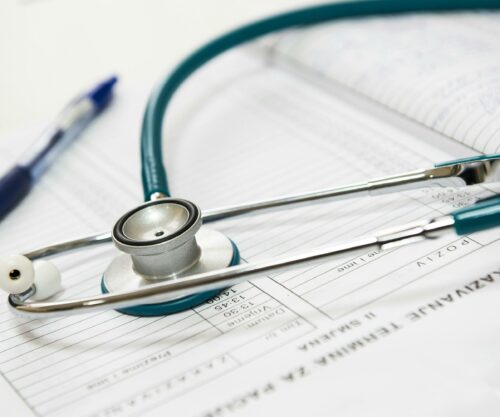
Although iron deficiency anaemia (IDA) is the most common nutritional deprivation globally, it’s easy to miss if you don’t know the signs. A deficiency can have serious effects – from delayed physical, mental and social development in children to ill health and lethargy in adults.
“If your level of red blood cells is lower than normal, you could be suffering from anaemia,” says Dr Jon Patricios, a specialist in sports medicine. Apart from inadequate dietary iron, anaemia can stem from excessive iron loss – for instance, through heavy periods or a gastric bleed.
Dr Jon advises you see your doctor for thorough medical history and tests to identify the underlying cause if experiencing any of the signs below:
1. Exhaustion, fatigue and weakness
2. Pale skin
3. Brittle nails
4. Chest pains
5. Irregular or fast heartbeat
6. Shortness of breath
7. Headache, light-headedness, dizziness
8. Cold hands and feet, tingling legs
9. Inflammation or soreness of the tongue
10. Poor appetite or cravings for non-nutritive substances such as ice.
At the same time, IDA can be prevented or corrected by eating iron-rich foods, including:
• Red meat such as beef and liver, and to a lesser extent, chicken, pork and shellfish.
• Vegetables including beans, lentils and dark green leafy vegetables
• Fortified cereal and bread.
However, with today’s busy lifestyle, meals can be rushed or skipped. In such cases, you may benefit from taking an iron supplement.




